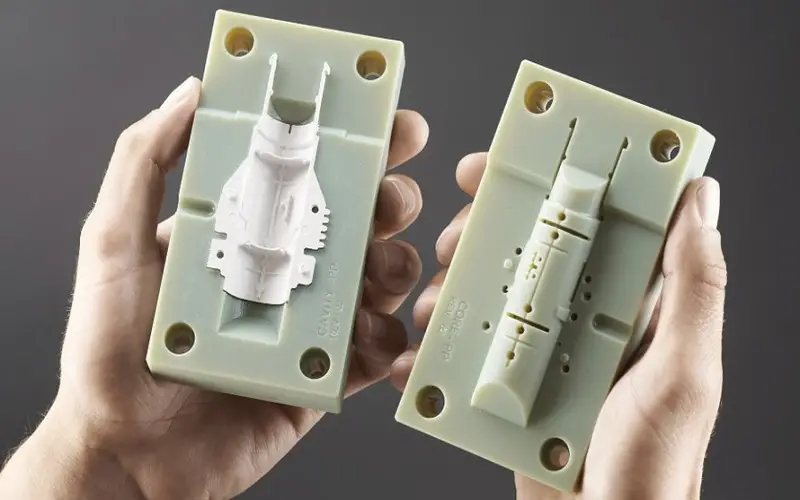Plastics are an integral part of the modern manufacturing process. Be it their versatility, strength, lightweight, or high corrosion resistance, they have been prevalent for many years now. For a long time, metal has been the top choice as a prototyping material, which was eventually replaced by rapid plastic prototyping.
Plastic prototype molding is used in various industries today to create final product prototypes. This can help test the product’s functionality, check for any errors, and improve the features and design before the product goes into mass production through plastic injection molding.
Flexibility
Plastic prototype molds allow producing the prototypes in various shapes, sizes, appearances, and colors. That means no matter how complicated the product design is, a prototype can always be created.
Speed & Accuracy
Plastic prototype molding is a highly sought-after technique because it speeds up the final manufacturing process. Furthermore, since any possible product errors are already eliminated in the prototypes, the level of accuracy is significantly high. It also helps to optimize the injection mold design and make it more efficient before it is used as the final manufacturing method.
Testing
Manufacturers test prototypes to ensure they stand up to wear and tear in the intended environment. Prototypes made from plastic prototype molding can be easily tested to extreme temperatures and pressures to identify any components that need to be strengthened to meet the testing requirements. Enhancing parts with plastic, wood, or metal can also help improve the durability of a prototype during these tests.
Mock Runs
Plastic injection molding can also be used for marketing activities, such as limited editions. Project designers and owners can use the prototypes of the actual product as an effective way to market the product as a limited production run.
Sustainability
Sustainability and environmentalism are top priorities. Every component of the manufacturing process has to be environmentally friendly. Recycling is an integral part of this process. Industrial plastics are recyclable, so their production doesn’t contribute to waste pollution.
Detailed Design Development
A project begins with an idea. However, that idea needs to come on paper to be executed. That’s why as ideas go into the execution phase, 3D models and prototypes come into the picture. The key benefit of plastic prototype molding is that it allows for any changes needed at the engineering end. For example, increasing the diameter of the product, thickening the outer layer for added strength, changing the shape for better design, and so on. Each sample cycle run allows for several benefits, such as effective testing, efficiency checking, and cost-optimization.
Error-Free
Any changes to the end product can cost millions of dollars, which can be fatal to any business. That’s where plastic prototype molding comes in. It helps to identify and correct issues in the product before it goes into the manufacturing process.
Prototypes can provide valuable information about how industrial designers can improve the product’s design and what additional steps are needed in later processes. With the help of simulated prototypes, engineers can quickly evaluate the overall effectiveness of the manufacturing cycle.
Final Words
As you can see, there are several advantages to using plastic prototype molding for manufacturing processes. One of the key benefits of plastic prototyping is that it can easily simulate the actual product that has to be manufactured. That being said, this is a cost-effective and error-free way to create products before they go into mass production, which helps to improve the product’s functionality and features.




